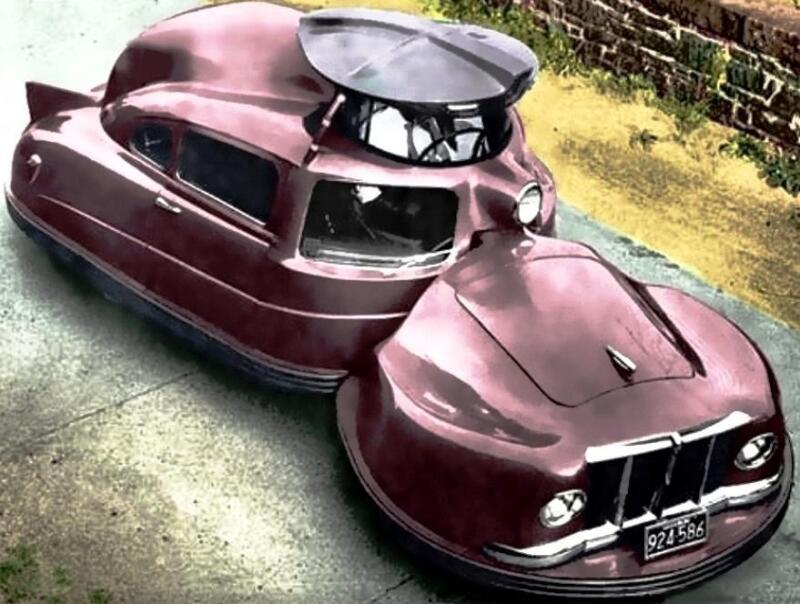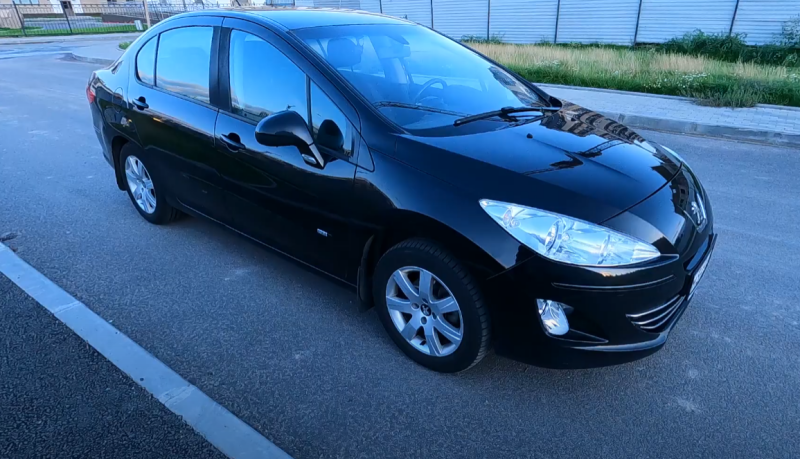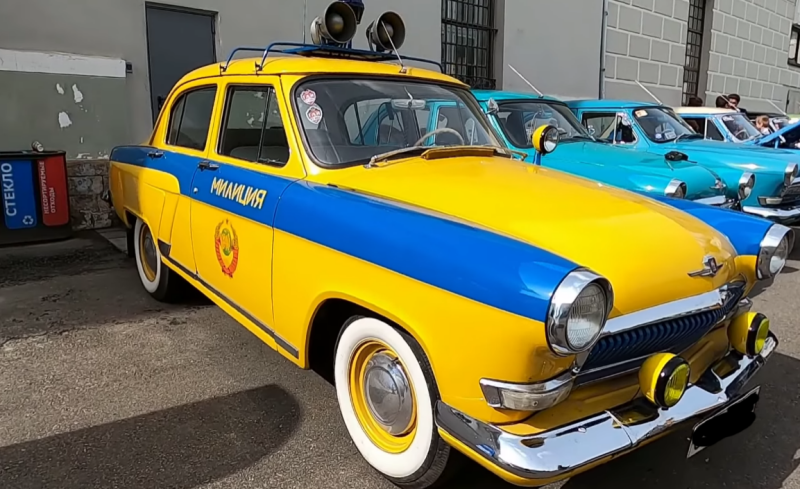Practicality and implementation of the idea
A car with free energy attracts the attention of many brands, each of which has its own idea of \uXNUMXb\uXNUMXbthis technique. All developments carried out today have three directions:
- ✅ making cars using only solar energy is the most difficult way, as long as there are only experimental samples
- ✅ creation of vehicles in which the sun plays an auxiliary role - it feeds additional equipment (for example, navigator, multimedia, air conditioning, etc.)
- ✅ production of hybrid structures - electric vehicles that operate normally thanks to batteries charged from the network or stations, and in clear weather using solar energy
The last two areas are the most relevant. To create a car that travels long distances at an acceptable speed, using only the energy of the sun, today's technology does not allow. Among the main reasons:
- ✅ the need for a large area for energy panels
- ✅ the sun does not always shine - there are also cloudy days
- ✅ low efficiency of panels - no more than 20-25%
- ✅ high cost of cars due to photocells and related units
Another thing is hybrid designs, in which the electric vehicle uses solar energy at the same time. This seriously increases the power reserve. It is this technique that is of interest to the giants of the automotive industry. But they are not the only ones - small companies also create mixed-design solar cars, and sometimes student groups, if they can attract third-party funds. What happens today - more on that below.
Lightyear One
A real car that uses the energy of the sun. It was built by students of a technical university from the Netherlands. They managed to attract investors and experienced engineers who worked in the Ferrari and Tesla concerns. The investment amounted to 20 million euros. As a result, the Lightyear One liftback was born in 2019. The machine is endlessly tested: it was originally announced that mass production would start in 2020.
Tests continue today, and very successfully. The safety test was passed in October 2021. Already today you can book a car for 150 thousand euros (there are about 1000 applications). The serial launch is scheduled for July 2022. A hybrid electric car that receives energy from batteries and the sun has the following technical characteristics:
- ✅ aerodynamic drag - 0,2
- ✅ acceleration to "hundreds" - about 10 seconds
- ✅ power reserve - 750 km, solar photocells add up to 12 km to them every hour
- ✅ weight - 1,3 tons
- ✅ dimensions - 5,057x1,898x1,426 m
The manufacturer, Lightyear, claims that its brainchild is capable of “providing” up to 40% of free energy in a year. And not in sunny Australia, but in his native Holland, where cloudy weather prevails.
Aptera
Product of the American company of the same name. This three-wheeled electric car is additionally equipped with photocells with a total power of 700 W - a good help for a regular battery with a capacity of 100 kWh. When using both energy sources, the power reserve reaches 1609 km. If necessary, the battery capacity can be replenished from a regular station or at home. However, the company is positioning its vehicle as a never-rechargeable car that gets energy for the batteries only from the sun. One of the project leaders, Chris Anthony, says that in hot climates, photovoltaic cells guarantee a daily run of 64 km, and in cloudy regions - at least 32 km.
It is curious that in the organized drake racing with already popular models such as the Tesla Model 3 and the Audi R8, the Aptera solar car finished at the same time as the German electric car. When the car will go into series, it is not yet reported (the car is now at the beta testing stage, then the gamma stage is to come). However, it is known that the manufacturer will offer buyers a front- and all-wheel drive version. The first accelerates to "hundreds" in 3,5, the second - in 5,5 seconds at a maximum speed of 177 km / h. Of the options - the autopilot of the 2nd level.
The price lies in the range of $25 - $900. The first 46 auto-tricycles were sold out (bids were submitted) within one day.
Sono zion
Solar electric car presented by Sono Motors from Germany. In appearance, it is no different from a conventional car. The car is driven by a three-phase electric motor equipped with a gearbox. Drive - front. Other Features:
- ✅ developed power - 163 "horses"
- ✅ maximum speed - 140 km / h
- ✅ torque - 270 N * m
- ✅ set "hundreds" - in 9 seconds
- ✅ battery capacity - 35 kWh
- ✅ range - 255 km (solar panels add 35 km per day)
The asking price is relatively modest - $ 25 thousand 500. In order not to increase the price, we had to make compromises: MacPherson struts and torsion bars (rear) were used in the suspension. Color - only black, the body is made of plastic, the equipment is one, but you can’t call it poor:
- ✅ESP
- ✅ 4 airbags
- ✅ multimedia with 10” display
- ✅ LEDs in a circle
- ✅ cruise control
- ✅ heated front seats, etc.
It is assumed that mass production will begin next year (no later than summer) at the facilities of the Saab automaker in Sweden. The car has already been booked by 14 thousand people.
hyundai sonata hybrid
This is a "super hybrid", which uses the energy of the internal combustion engine, batteries and solar panels placed on the roof. Moreover, the last power supply is available as an option and you will have to pay $10700 for it. Specifications:
- ✅ engines - the usual "aspirated" with a volume of 2 liters, issuing 152 liters. with., plus an electric motor with a power of 38 kW
- ✅ consumption per 100 km - from 4,97 to 5,24 liters, depending on the size of the wheels
- ✅ travel on solar energy - from 3 km
Photocells recharge the battery located under the rear sofa. According to the manufacturer, if every day the car is under the sun for 6 hours, 1300 free kilometers will be obtained per year.
Conclusions
The high cost of solar vehicles is due not only to the use of solar cells. To achieve maximum efficiency, it is necessary to reduce the mass of equipment, for which expensive composites are used. For optimal and timely recharging, the most modern microprocessors are used. In the design of DC motors, rare earth metals are used to achieve the highest efficiency (of which the poles of brushless motors are made). To reduce aerodynamic drag, the shape of the body is endlessly improved.
Therefore, while solar energy is used as an addition. For example, Mercedes and Toyota install panels to power the air conditioner and navigator. Work on the modernization of solar cars does not stop: at the races in Australia, you can see new car models every year, which indicates the activity of designers and engineers who are eager to use free energy more fully.














